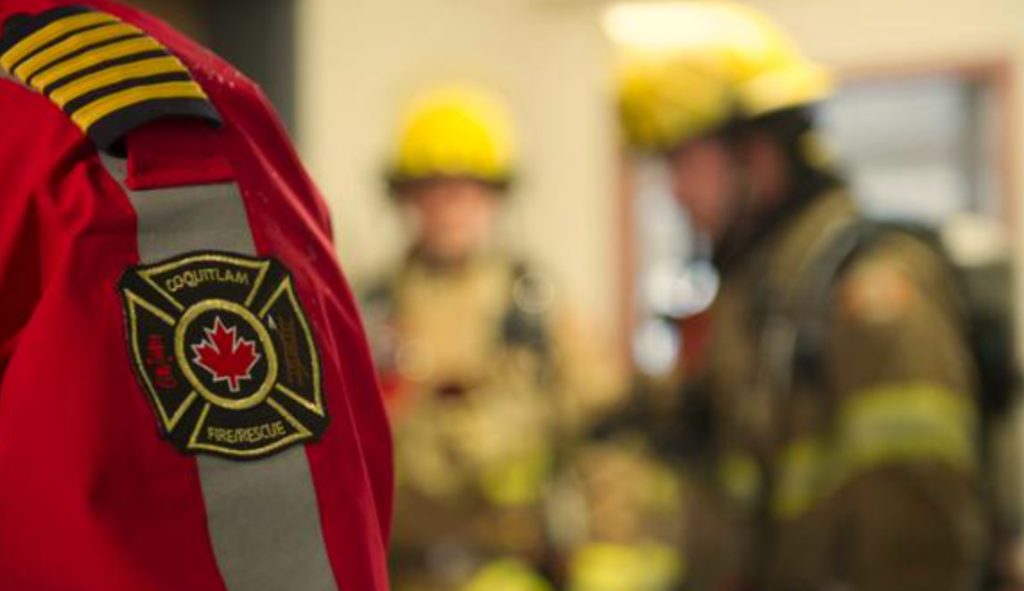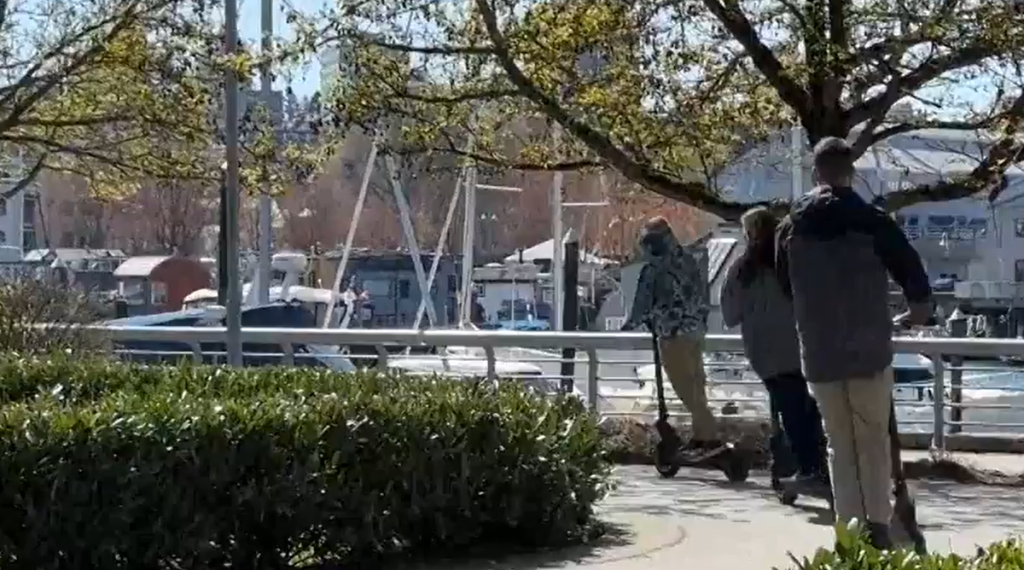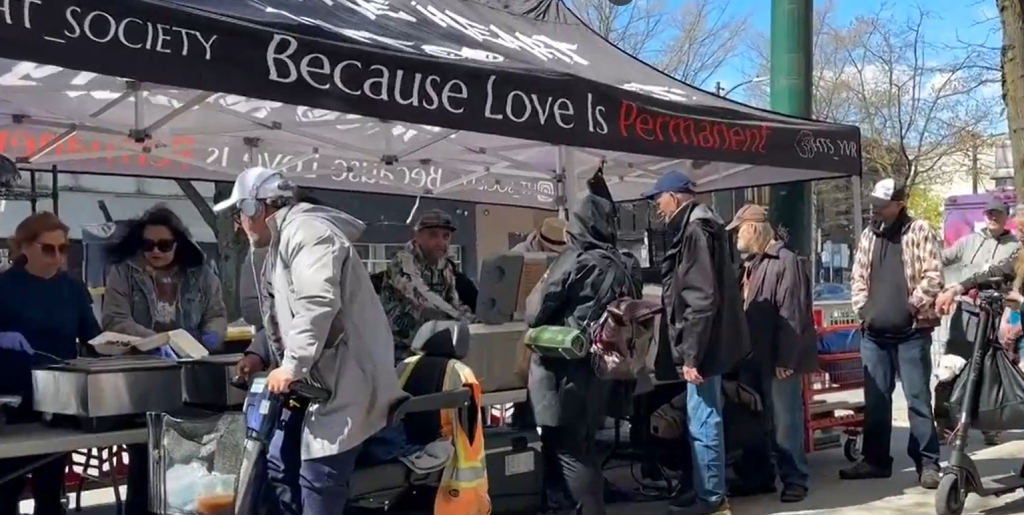Wildfires across B.C. Interior worsen amid no significant rain in the forecast
Posted July 10, 2021 9:55 am.
Last Updated July 10, 2021 1:21 pm.
VANCOUVER (NEWS 1130) — With no significant rain in the forecast, the overall wildfire situation in the province continues to worsen.
Of the 18 fires of note the BC Wildfire Service is currently battling, the largest is the Sparks Lake fire north of Kamloops Lake.
That blaze — which was sparked by lightning the night of July 8 — has ripped through close to 400-square kilometres.
To its west, the McKay Creek fire is now estimated at over 250-square kilometres in size.
“Yesterday [Friday], there was minimal fire behaviour observed on the McKay Creek fire with no fire growth in the last three days. On Thursday, the fire received 10 to 15mm of precipitation,” the BC Wildfire Service website reads.
“In the southwest, crews are mopping up and patrolling along the West Pavilion Road and the Lee Creek guard. There were some hot spots within the burn area and crews will patrol this area in the coming days to ensure the line is secure.”
Related Article: BC Wildfire Service predicts ‘extreme risk, heightened activity’ for July
The fire which ravaged Lytton has grown to close to 80-square kilometres.
“While a small amount of rain fell over many parts of the Lytton Creek Fire on Thursday (July 8, 2021), dry, hot conditions have now settled in again, and no measurable rain is expected in the short-term forecast. Patchy moisture and heat could trigger isolated Thunderstorms through to Wednesday,” the site reads.
Related Articles: Lytton evacuees get first look at devastation in fire-ravaged village

(Courtesy BC Wildfire Service)
On the plus side, the fire danger rating for much of the southern interior has dipped into the moderate to low range in areas where most of the major fires continue to burn.

(Courtesy BC Wildfire Service)
The fire danger rating on the south coast — where there are no fires of note at this point — is high to extreme.
Meanwhile, dramatic photos and video of a wildfire near Kalamalka Lake in Vernon sparked a lot of conversations on social media this week.
Fire Information Officer Taylor Colman says there was a technical evacuation initially implemented, but it has since been downgraded to an alert.
“Located about four kilometres southwest of Vernon, and it was estimated at 20 Hector’s in size — it’s no longer out of control. It’s classified as being held. We had 29 personnel assist overnight, and we’ve got helicopters bucketing this morning,” Colman says.
Colman adds the Okanagan area is still an area of concern as there was below-average rainfall in the area in June.
“So that’s a big area that we’re monitoring, but there’s not too much that’s happened otherwise,” Colman says.
B.C. being affected by drought
To no surprise, because of the heat and lack of rain, most of B.C. is being affected by drought conditions.
With no rain in the forecast — the drought is showing no signs of letting up anytime soon.
According to the B.C. Gov website, the province ranks drought levels on a scale of 0 to 5 (level 5 being the most severe).
“The Salmon River watershed, which drains into Shuswap Lake, is currently at Drought Level 4. In this area, significant, adverse impacts on fish are very likely, and maximum water conservation for all water users and licensees is being urged,” the site reads.
“Areas under Drought Level 3 include: the Nicola and Coldwater watersheds near Merritt, the Kettle River watershed near Grand Forks, and the entire Okanagan valley. Many other areas in the central and southern Interior are under Drought Level 2 or Drought Level 1.”
So, with no relief from the dry weather expected anytime soon — you’re being asked to conserve water.
That means: shorter showers, watering your lawn only on approved watering days, and don’t let the tap run when you brush your teeth.
“Water conservation is everyone’s responsibility.”










